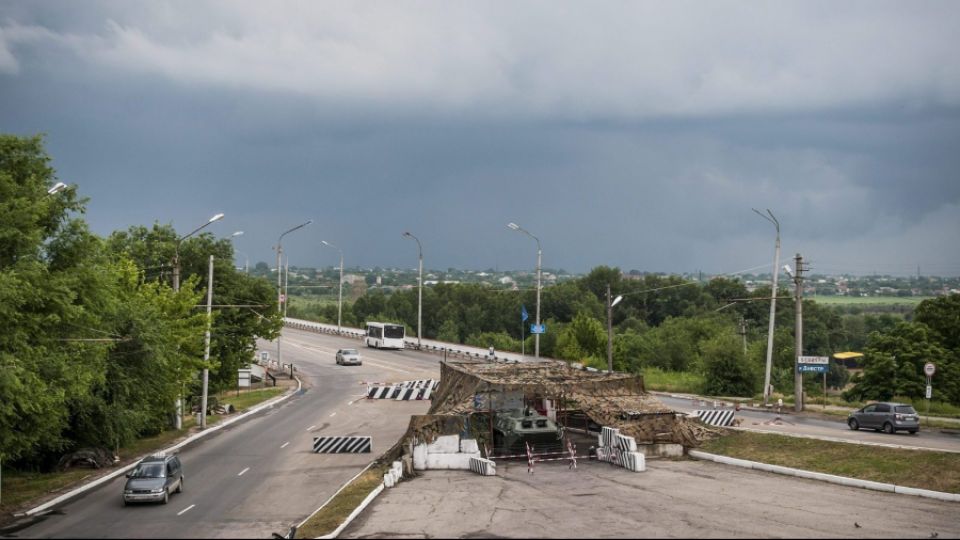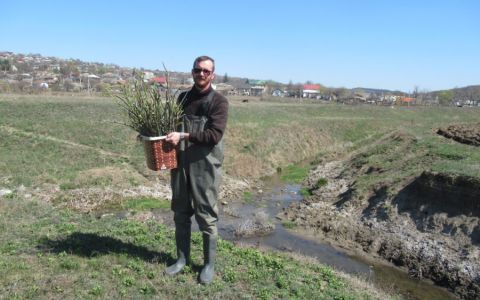A possible explosion of huge deposits of military material would cause an ecological and human disaster.
The military depot in Cobasna was created in the 1940s in the Ribnita district, then the Moldavian SSR, now the separatist region of Transnistria.
During the Soviet period, the artillery ammunition depot no. 1411 was a strategic arsenal of the western military district of the USSR. Most of the ammunition was stored here after the withdrawal of Soviet troops from the former German Democratic Republic (GDR), Czechoslovakia, and other countries in the former Warsaw Pact.
Currently, about 20,000 tons of weapons and ammunition are stored at this warehouse, of which 57% are obsolete and cannot be used or transported, and access to the area is strictly prohibited, being controlled by Transnistrian and Russian peacekeeping forces. A possible explosion of these deposits, which cannot be transported, would cause an ecological and human disaster.
The ammunition depot in Cobasna presents a serious technogenic and ecological danger not only for the Republic of Moldova but also for Ukraine. In 2005, the Academy of Sciences of the Republic of Moldova published an expert report on the threats posed by the accumulation of weapons in the Transnistrian region.
A possible explosion of the military depot in Cobasna can be compared to the detonation of a 10-kiloton nuclear bomb, which was dropped on the city of Hiroshima in 1945.
After the explosion, a crater with a radius of 1.5 kilometers and a depth of 75 meters would form. However, given that Cobasna is located in a rural area, the range of the explosion can reach 40-50 kilometers. Therefore, the effects of the explosion can be compared to the damage caused by an earthquake of 7-7.5 degrees.
Experts point out that an explosion of the ammunition depot in the village of Cobasna will lead to population damage and a humanitarian and ecological catastrophe in the northeastern region of the Republic of Moldova and the territory of Ukraine on an area of 500 to 3000 square kilometers.
The recycling and disposal of weapons is in this case the only way to prevent any spontaneous explosion of ammunition in the military depots in Transnistria since the Second World War.
The countless talks and negotiations on their evacuation from the region, as well as the treaties signed with Russian officials, have not yielded results, and they could be used for any purpose.
Another important point is that Transnistria has often been accused of selling weapons illegally, and some criminal groups have even turned it into a business.
Experts in the former Soviet Union have repeatedly said that Russia uses the Cobasna deposit as a method of geopolitical blackmail in its relations with the Republic of Moldova, another lever that the Kremlin offers to the frozen conflict on the Dniester.
https://www.digi24.ro/stiri/externe/factorul-cobasna-depozitul-militar-cat-o-bomba-atomica-de-10-tone-cu-care-moscova-mentine-separatismul-in-rep- moldova-764815







